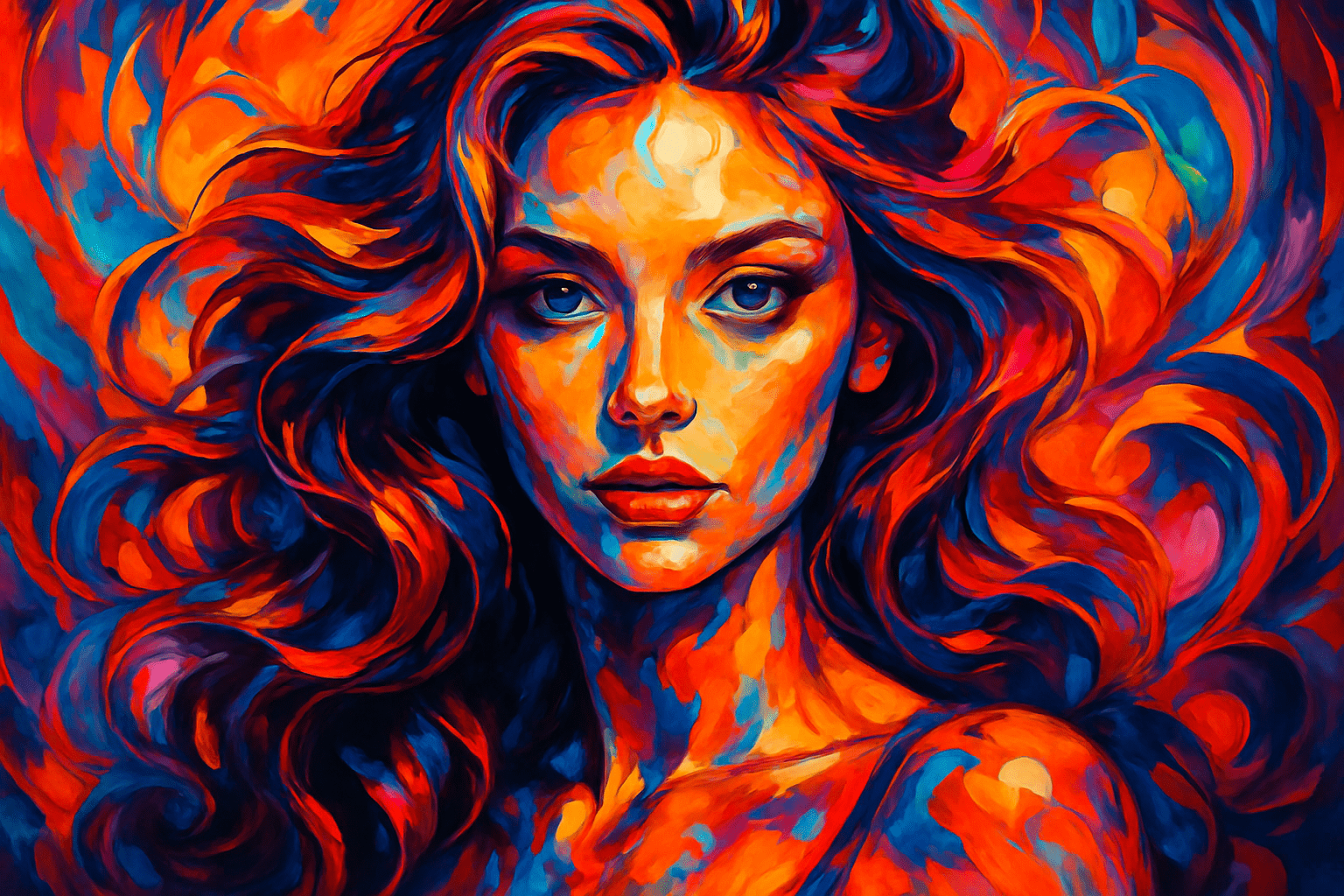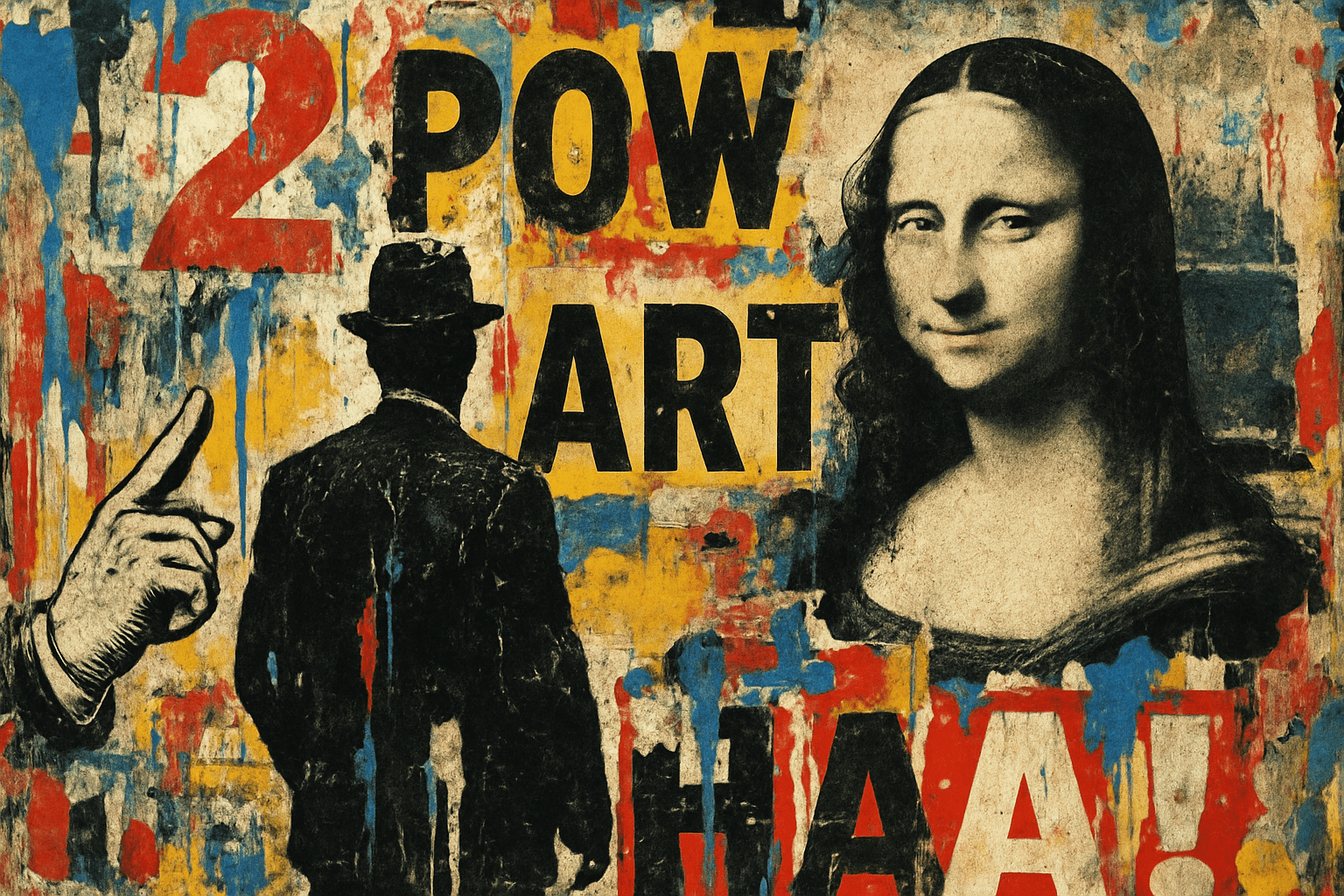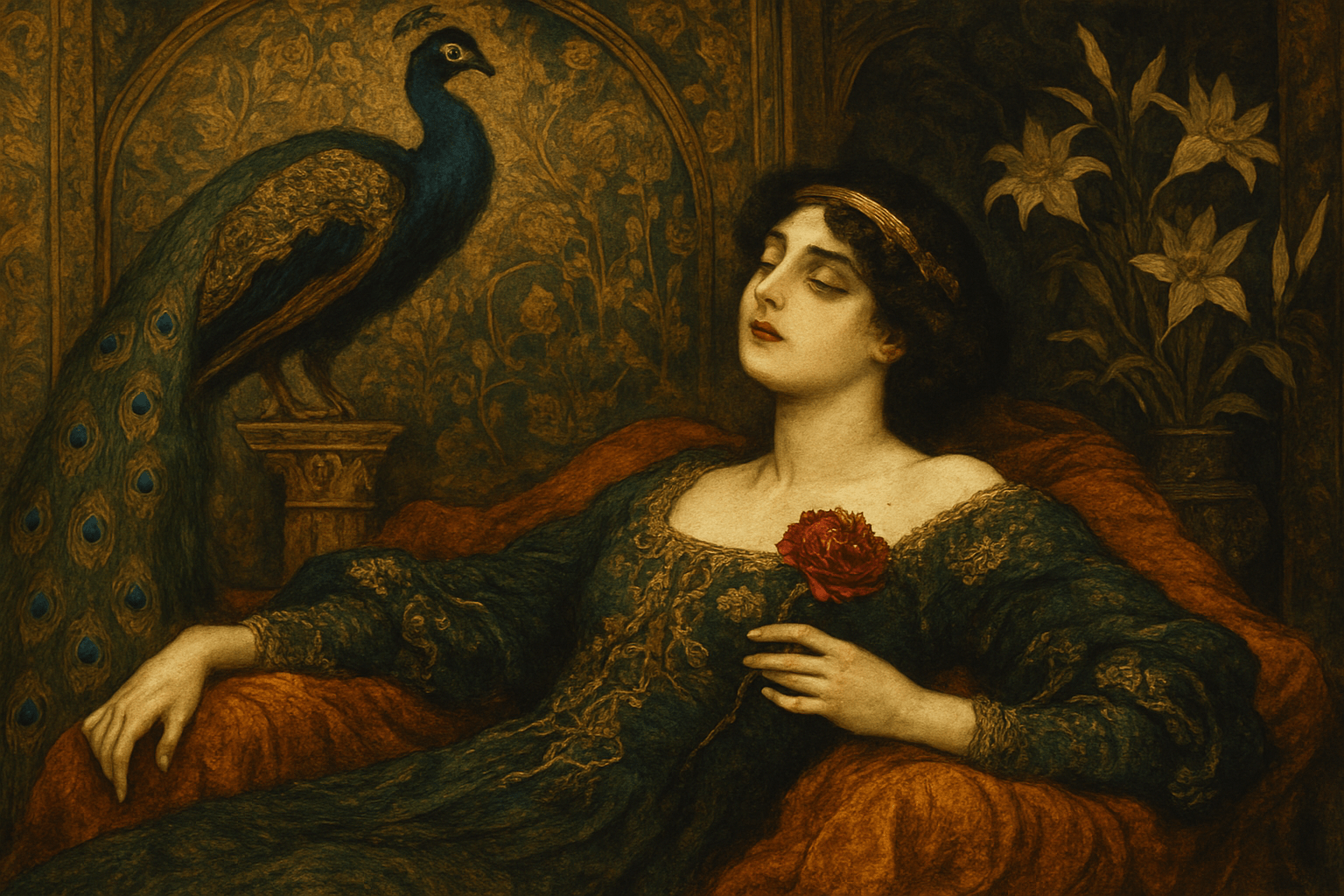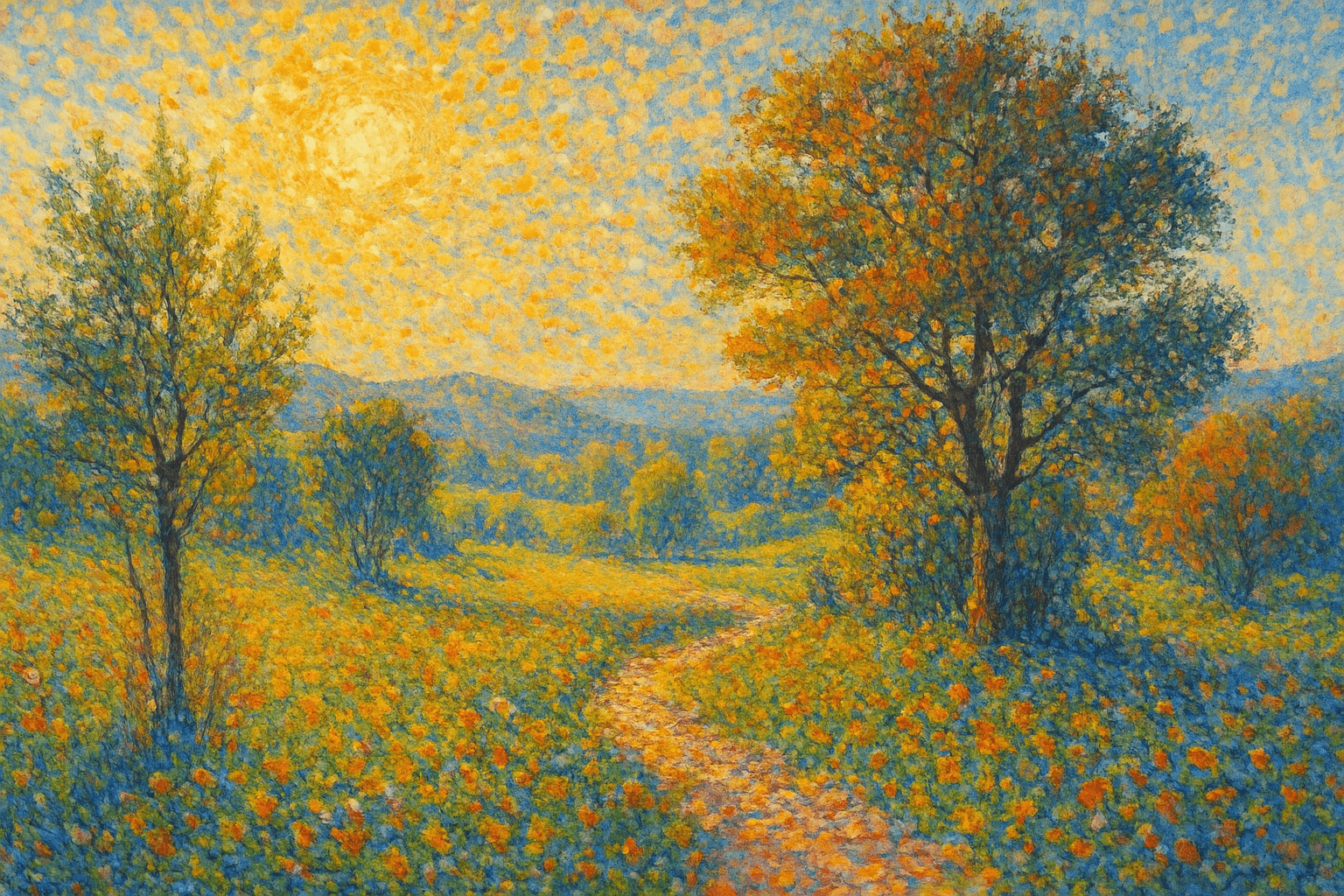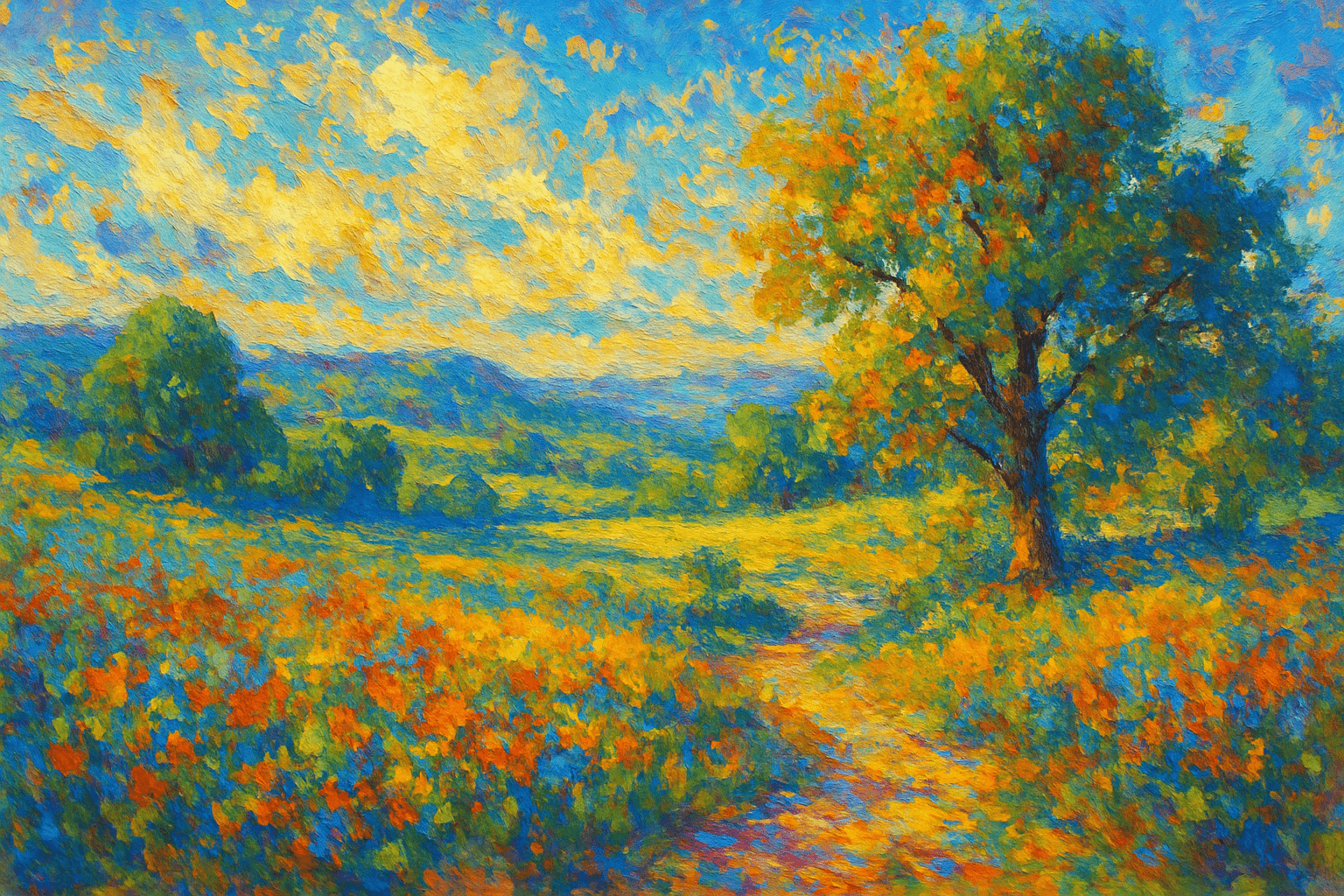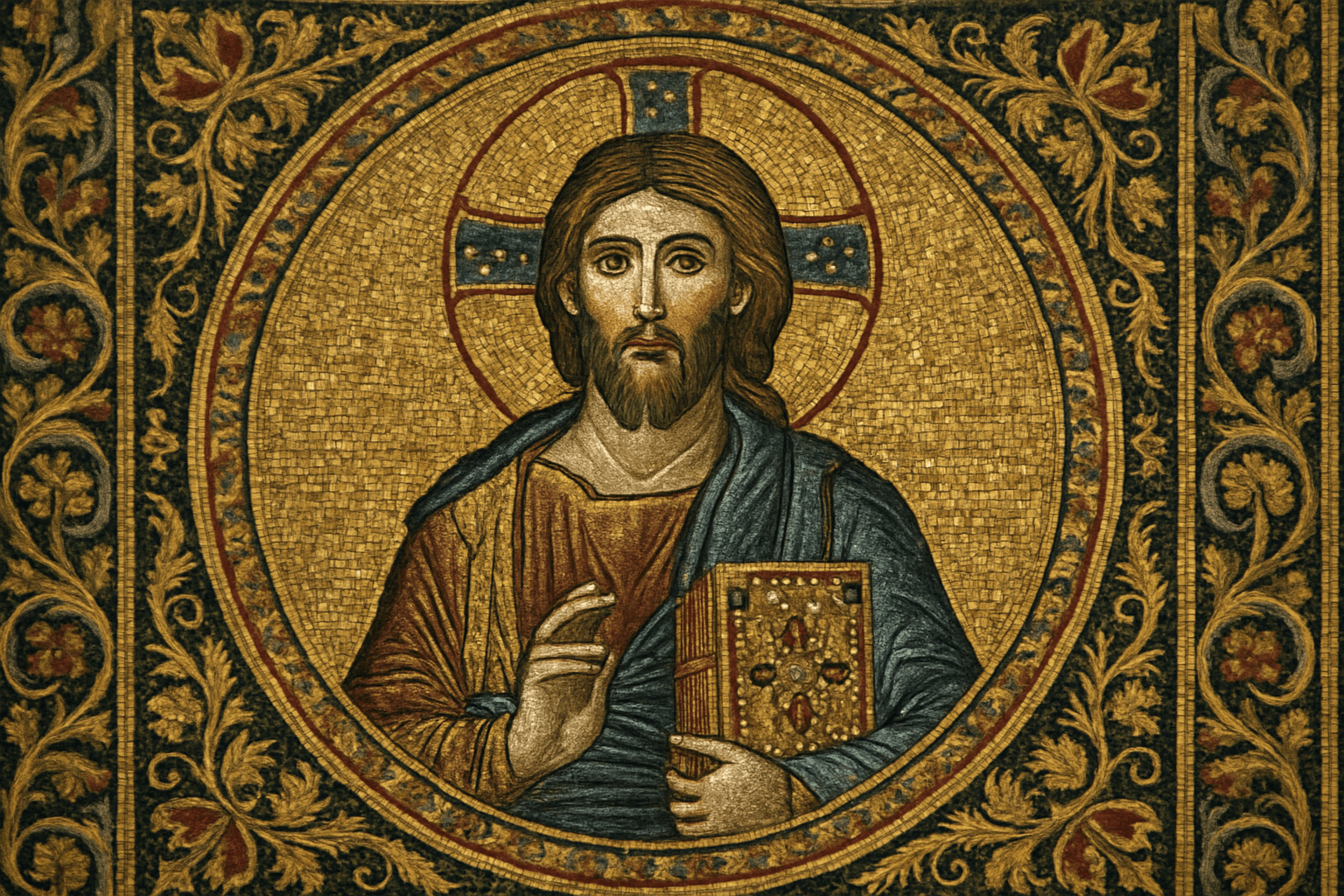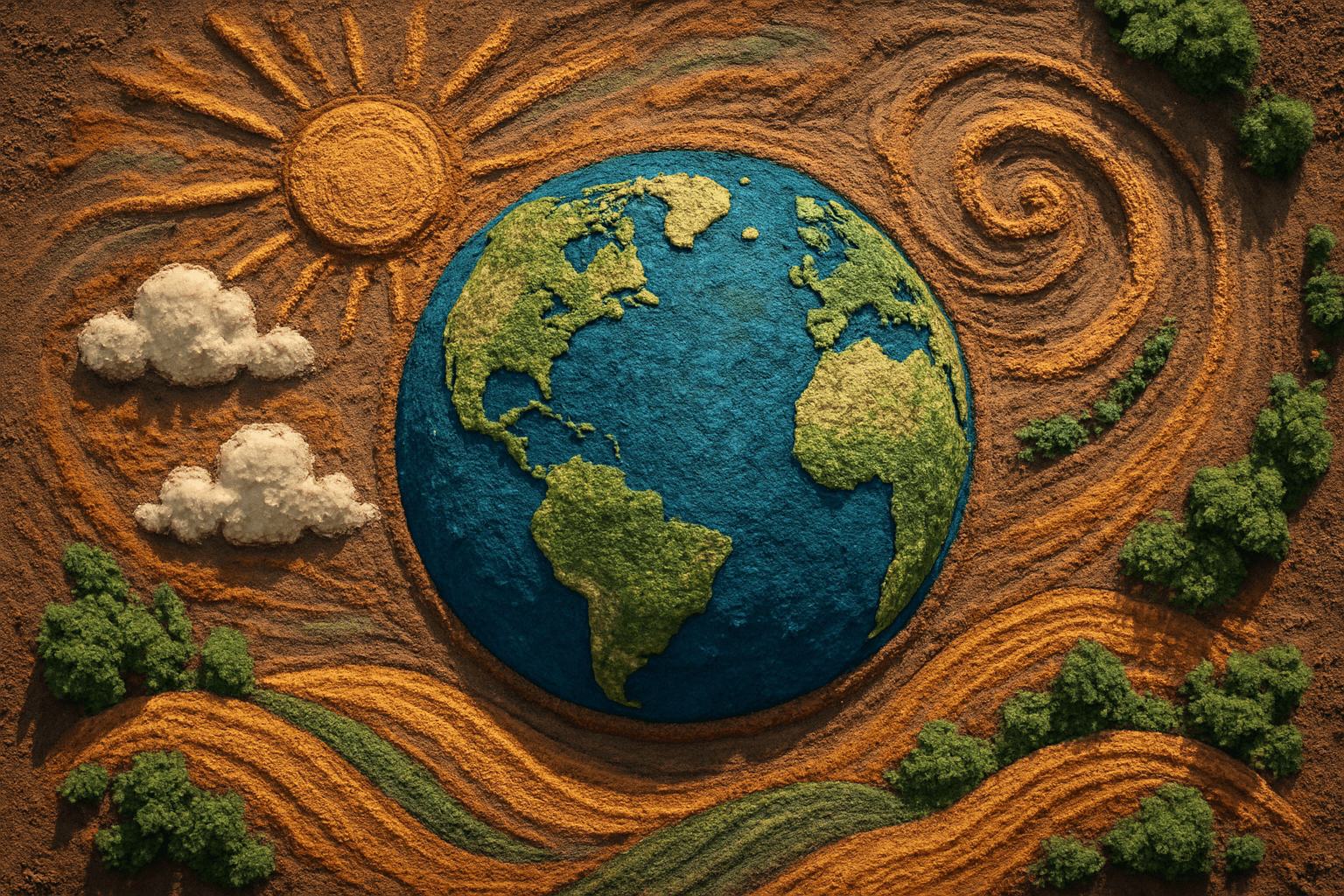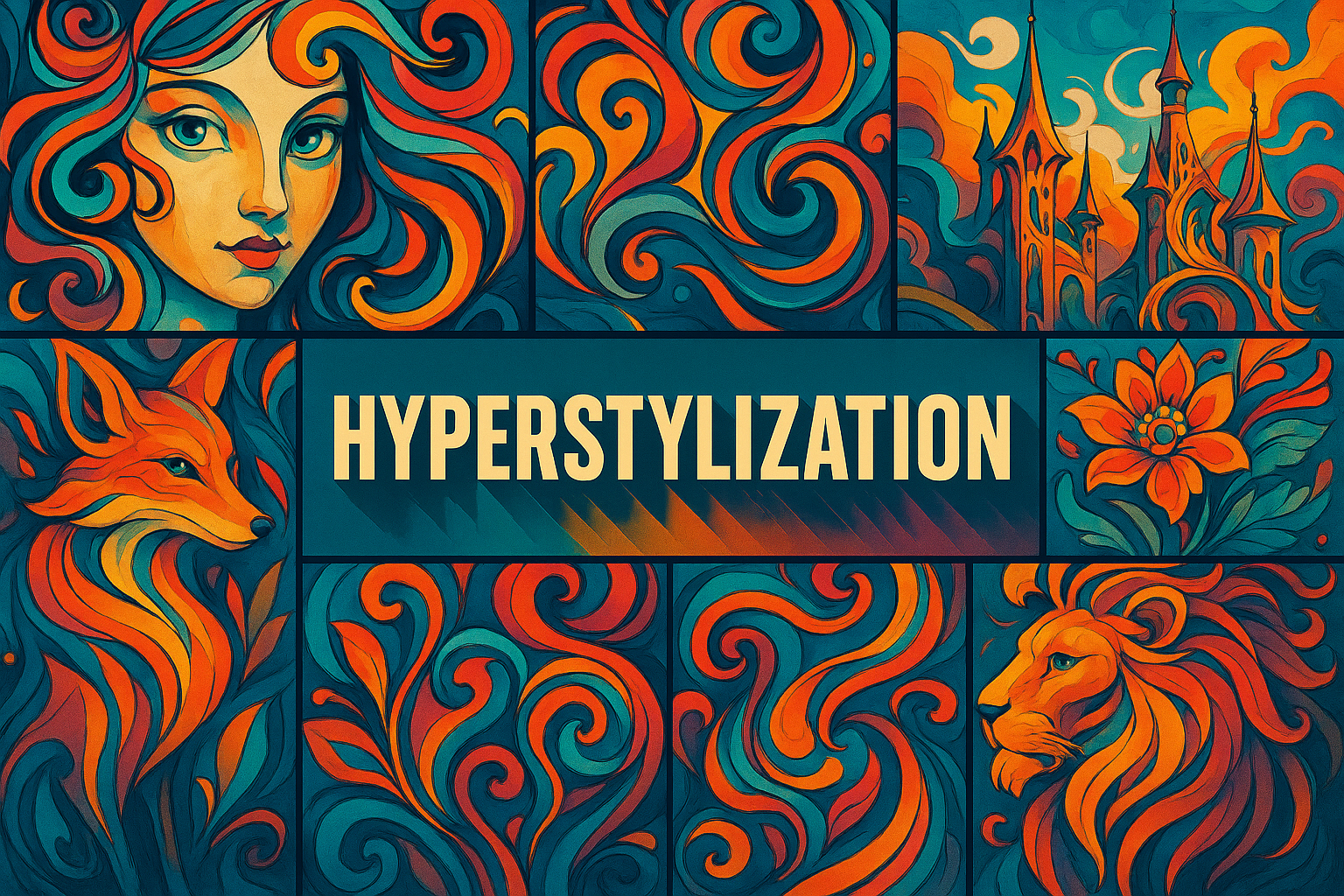
Hyperstylization
Hyperstylization is an art style that emphasizes exaggerated, highly stylized visuals. It often features exaggerated proportions, vibrant colors, and exaggerated textures. It is often used to create a surreal, dream-like atmosphere. Character designs are often highly stylized, with exaggerated facial features, exaggerated body proportions, and exaggerated clothing. Backgrounds are often highly detailed and feature a variety of textures and colors. Hyperstylization is often used to create a unique and eye-catching visual style.
AOI thinking about Hyperstylization [+_~]-/
Overview and Quickfacts
Hyperstylization is an art style that combines elements of realism and abstraction to create a unique visual experience. It is characterized by exaggerated features, vibrant colors, and exaggerated textures. This style is often used to create a surreal or dreamlike atmosphere, and it can be used to convey a wide range of emotions and ideas. Hyperstylization is often used in animation, video games, and other digital media, and it can be used to create a unique and memorable visual experience.
Can understand it also, as:
Exaggeration, overstatement, amplification, embellishment, dramatization, intensification, magnification.
Categorize it as:
Impressionism, Modernism
.: Dreaming :.
holds a HAIKU for the art style
:. Thought is power .:
Detailed Description
Hyperstylization is an art style that combines elements of realism and abstraction to create a unique and visually striking aesthetic. It is characterized by exaggerated and distorted forms, vibrant colors, and a strong sense of movement. The style is often used to create surreal and dreamlike images, and is often associated with the Surrealist movement. Hyperstylization was first developed in the early 20th century by artists such as Salvador Dali, Max Ernst, and RenÃÂé Magritte. These artists used the style to explore the subconscious and create dreamlike images. Dali’s iconic painting The Persistence of Memory is a perfect example of Hyperstylization, with its distorted clocks and melting forms. The style has since been adopted by many contemporary artists, including Takashi Murakami, Jeff Koons, and Damien Hirst. Murakami’s work often features bright colors and exaggerated forms, while Koons and Hirst use the style to create surreal and provocative images. Hyperstylization is a popular art style for both fine art and commercial art. It is often used in advertising and product design, as it can create eye-catching visuals that draw attention to the product. It is also used in video games, animation, and other digital media, as it can create a unique and immersive experience. Hyperstylization is a versatile art style that can be used to create a wide range of visuals. Whether you are looking to create a surreal dreamscape or an eye-catching advertisement, Hyperstylization can help you achieve your goals.
.. beep, beep, beep ..
<START OF TRANSMISSION>
1. Hyperstylization is a term used to describe a style of art that is highly stylized and exaggerated. 2. It is often used to create a sense of surrealism or fantasy. 3. Hyperstylization is often used in animation, comics, and video games. 4. It is characterized by exaggerated features, bright colors, and exaggerated proportions. 5. Hyperstylization can be used to create a sense of fantasy or surrealism. 6. It is often used to create a sense of exaggeration and exaggeration of the characters. 7. Hyperstylization can be used to create a sense of humor or to make a character more interesting. 8. It is often used to create a sense of exaggeration and exaggeration of the characters. 9. Hyperstylization can be used to create a sense of fantasy or surrealism. 10. It is often used to create a sense of exaggeration and exaggeration of the characters. 11. Hyperstylization can be used to create a sense of humor or to make a character more interesting. 12. It is often used to create a sense of exaggeration and exaggeration of the characters. 13. Hyperstylization can be used to create a sense of fantasy or surrealism. 14. It is often used to create a sense of exaggeration and exaggeration of the characters. 15. Hyperstylization can be used to create a sense of humor or to make a character more interesting. 16. It is often used to create a sense of exaggeration and exaggeration of the characters. 17. Hyperstylization can be used to create a sense of fantasy or surrealism. 18. It is often used to create a sense of exaggeration and exaggeration of the characters. 19. Hyperstylization can be used to create a sense of humor or to make a character more interesting. 20. It is often used to create a sense of exaggeration and exaggeration of the characters.
<EOF>
.. robbel bob
Visual Examples from our image gallery
Coming soon, we are so slow .. might never come
Artists, Paintings, and more
(be aware, can be highly speculative)
Artists (be aware, speculation possible):
1. Salvador DalÃÂÃÂ (1904-1989) 2. Jean Dubuffet (1901-1985) 3. Francis Bacon (1909-1992) 4. Jean-Michel Basquiat (1960-1988) 5. Keith Haring (1958-1990) 6. Yayoi Kusama (1929-present) 7. Mark Ryden (1963-present) 8. Takashi Murakami (1962-present) 9. Damien Hirst (1965-present) 10. Jeff Koons (1955-present) 11. Banksy (1974-present) 12. KAWS (1974-present) 13. Takashi Murakami (1962-present) 14. Yoshitomo Nara (1959-present) 15. Aya Takano (1976-present)
Artworks (be aware, speculation possible)
1. The Starry Night (1889) by Vincent van Gogh 2. The Persistence of Memory (1931) by Salvador Dali 3. The Scream (1893) by Edvard Munch 4. Guernica (1937) by Pablo Picasso 5. The Dance (1910) by Henri Matisse 6. The Kiss (1908) by Gustav Klimt 7. The Night Watch (1642) by Rembrandt van Rijn 8. The Mona Lisa (1503-1517) by Leonardo da Vinci 9. The Garden of Earthly Delights (1503-1517) by Hieronymus Bosch 10. The Birth of Venus (1486) by Sandro Botticelli 11. The Creation of Adam (1512) by Michelangelo 12. The Night Cafe (1888) by Vincent van Gogh 13. The Great Wave off Kanagawa (1830-1833) by Katsushika Hokusai 14. The Water-Lily Pond (1899) by Claude Monet 15. The Dance of Life (1925) by Edward Hopper
Epoch
Hyperstylization is a relatively new art style, having emerged in the early 2000s. It is still popular today, with many contemporary artists and designers incorporating elements of the style into their work.
AI ART RESSOURCES (AKA, well Tools)
Helping tools -> predefined search links on other pages:
